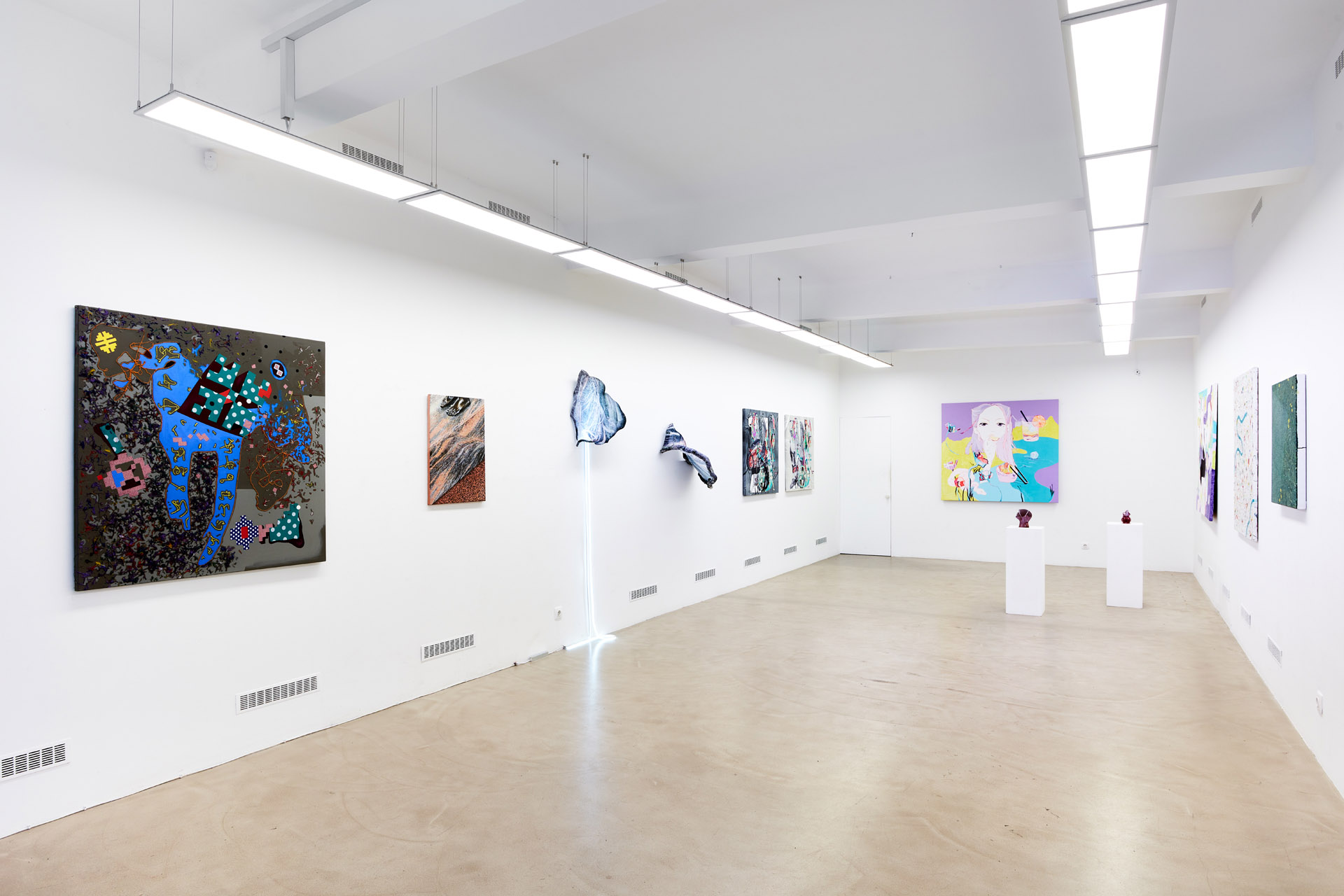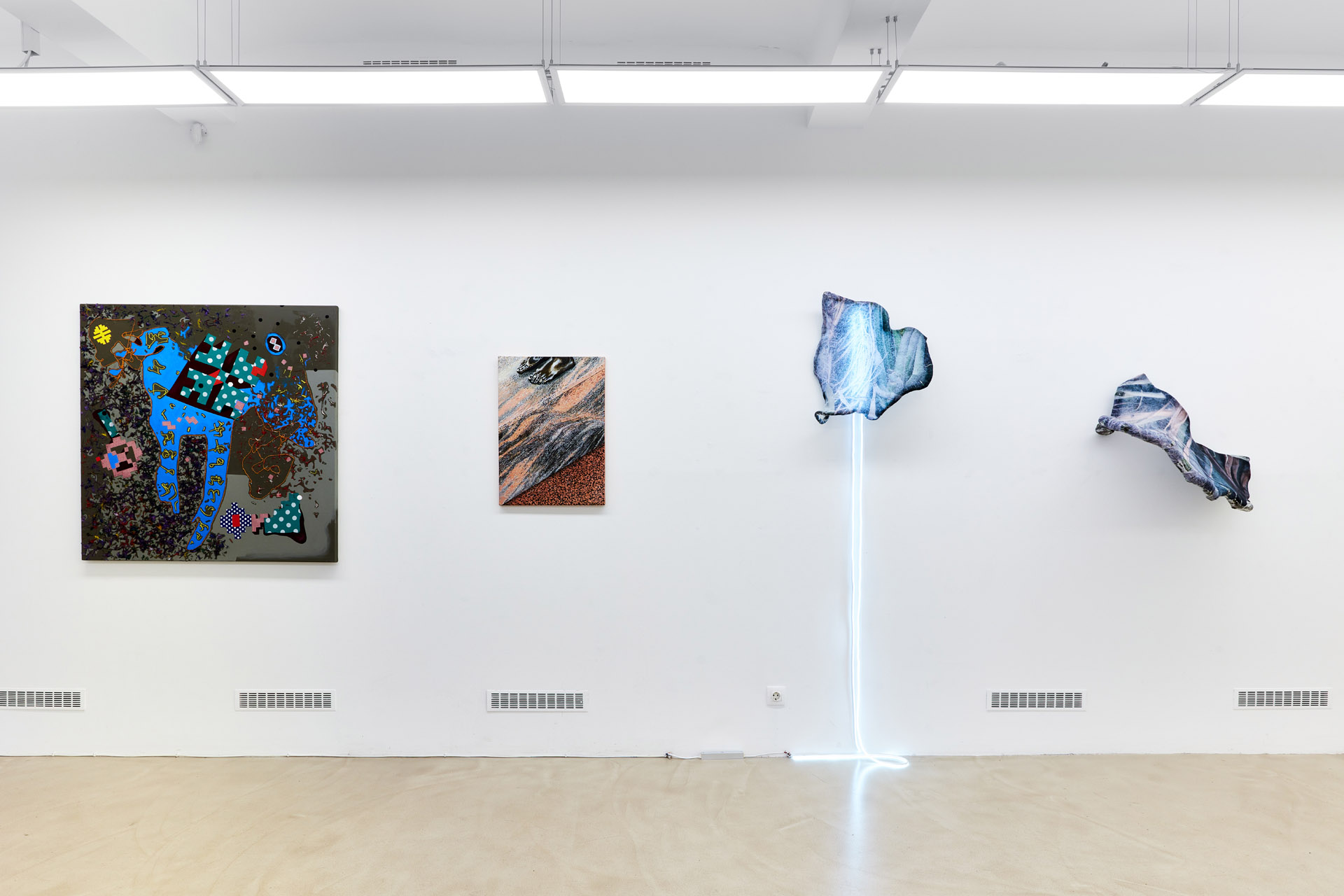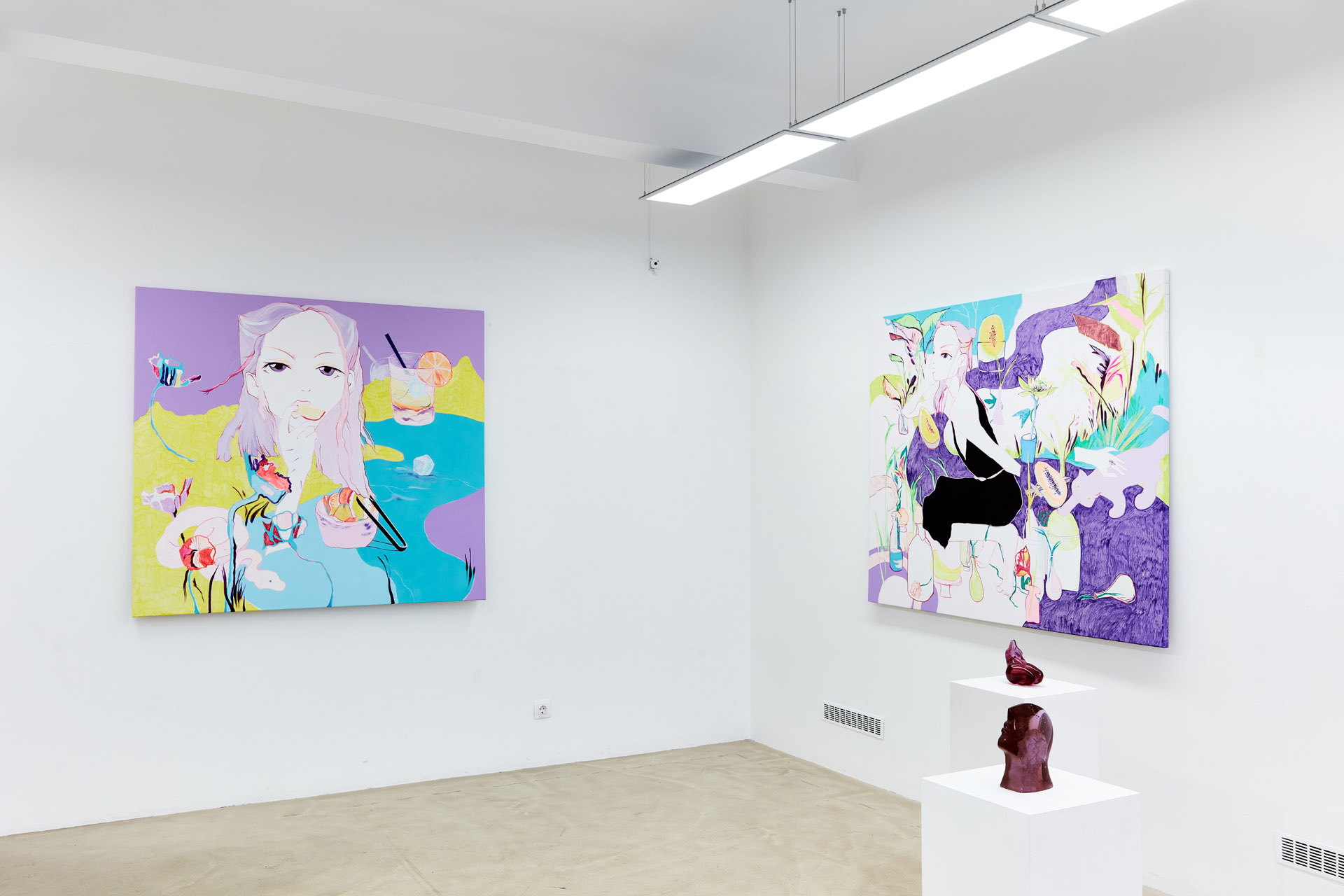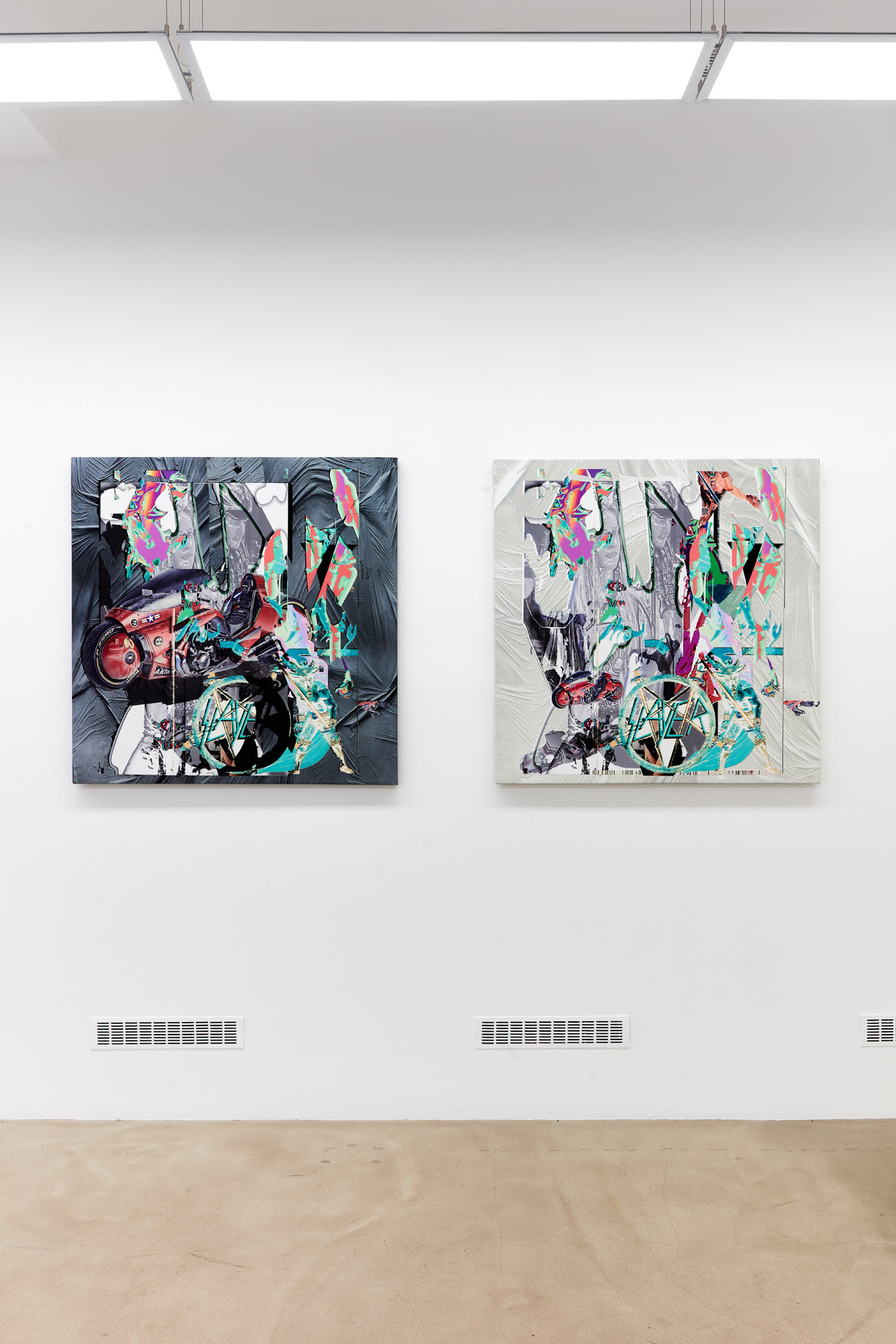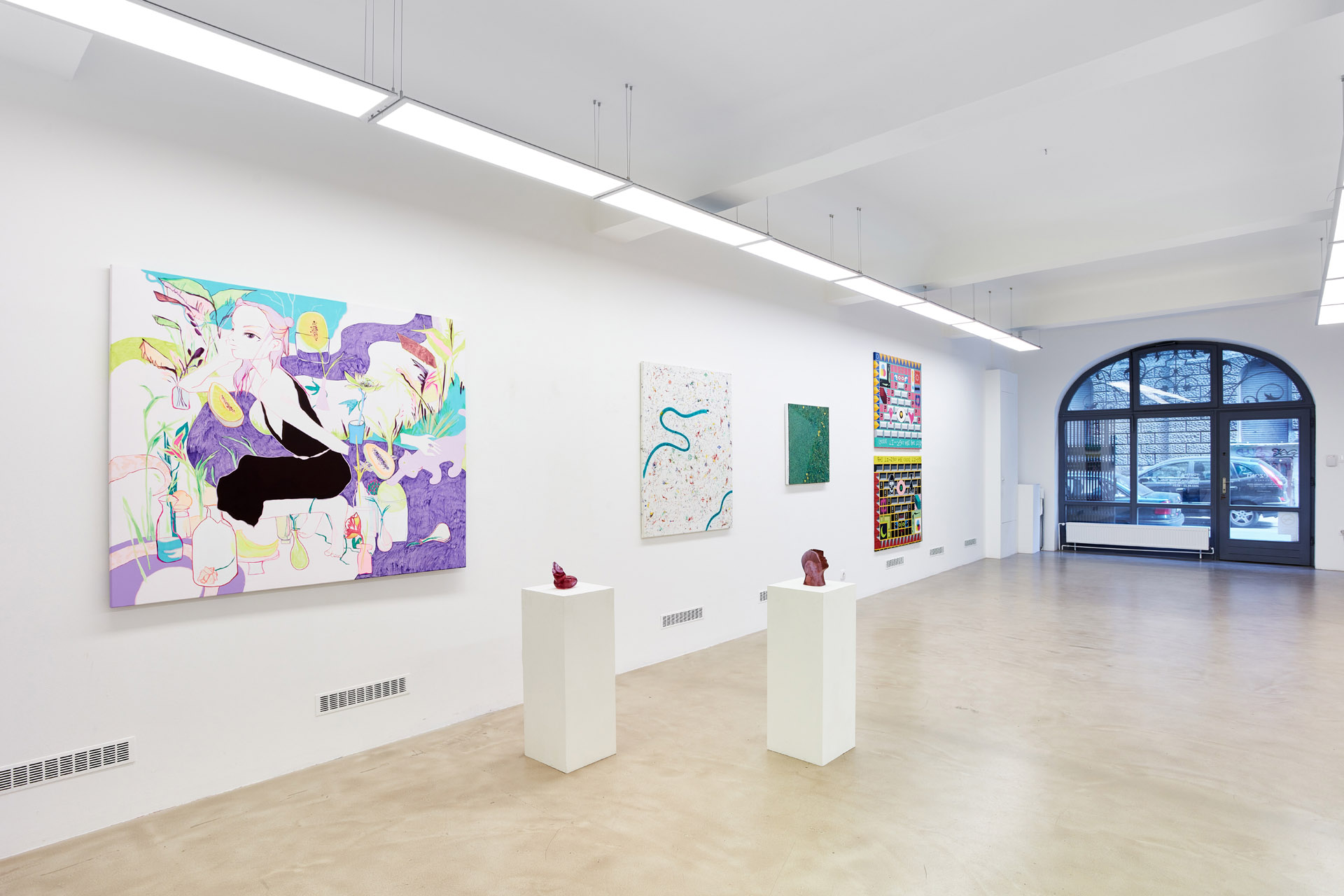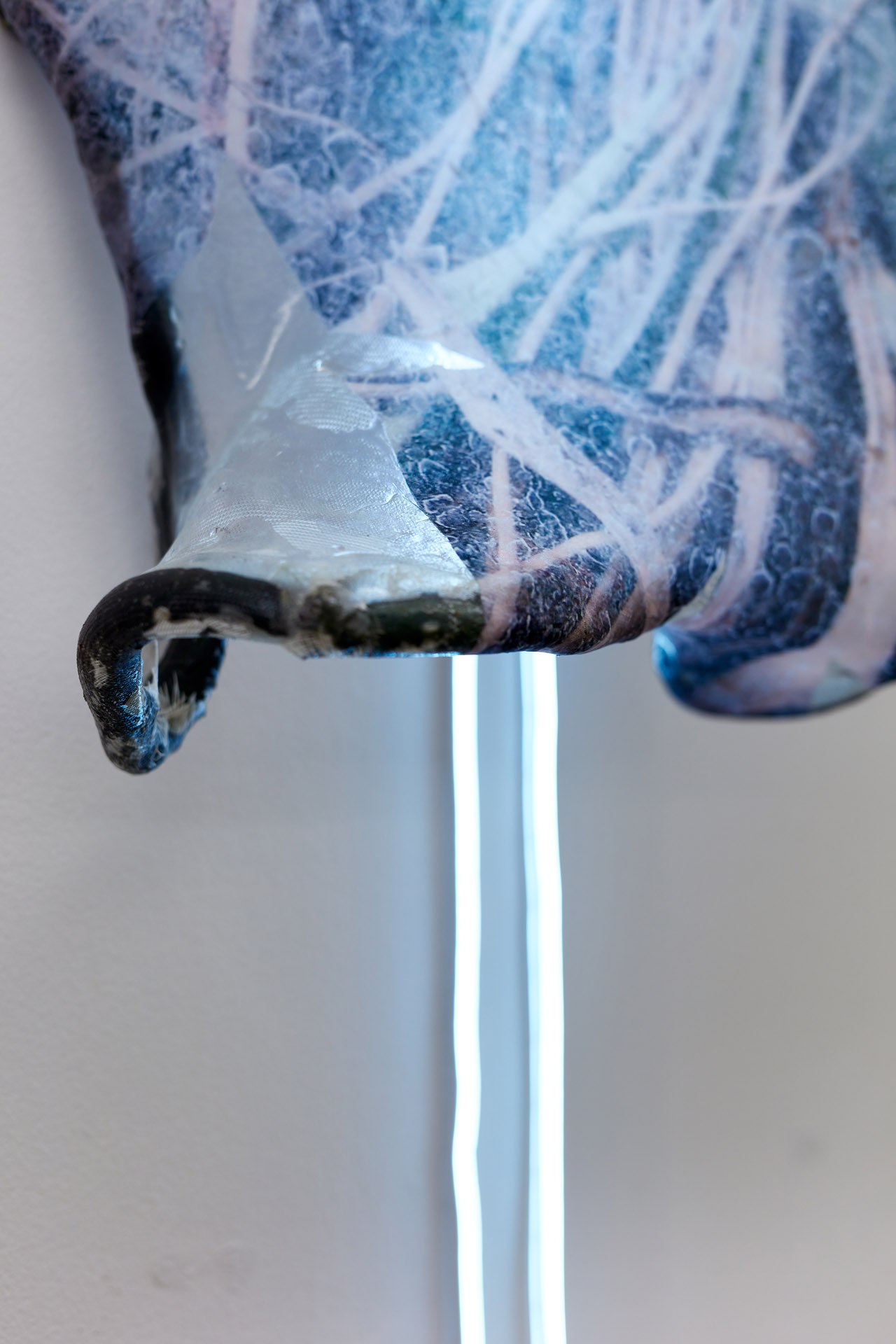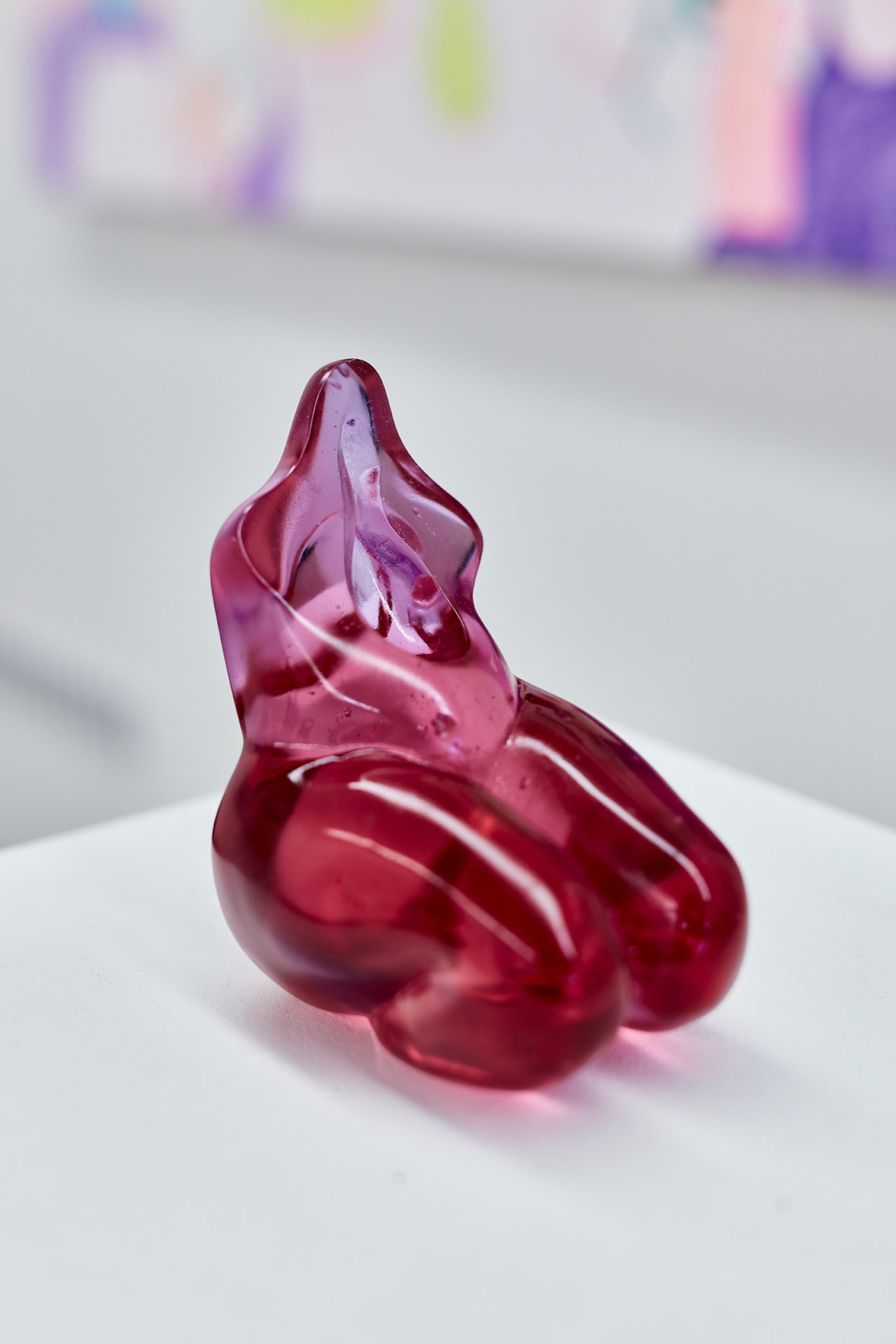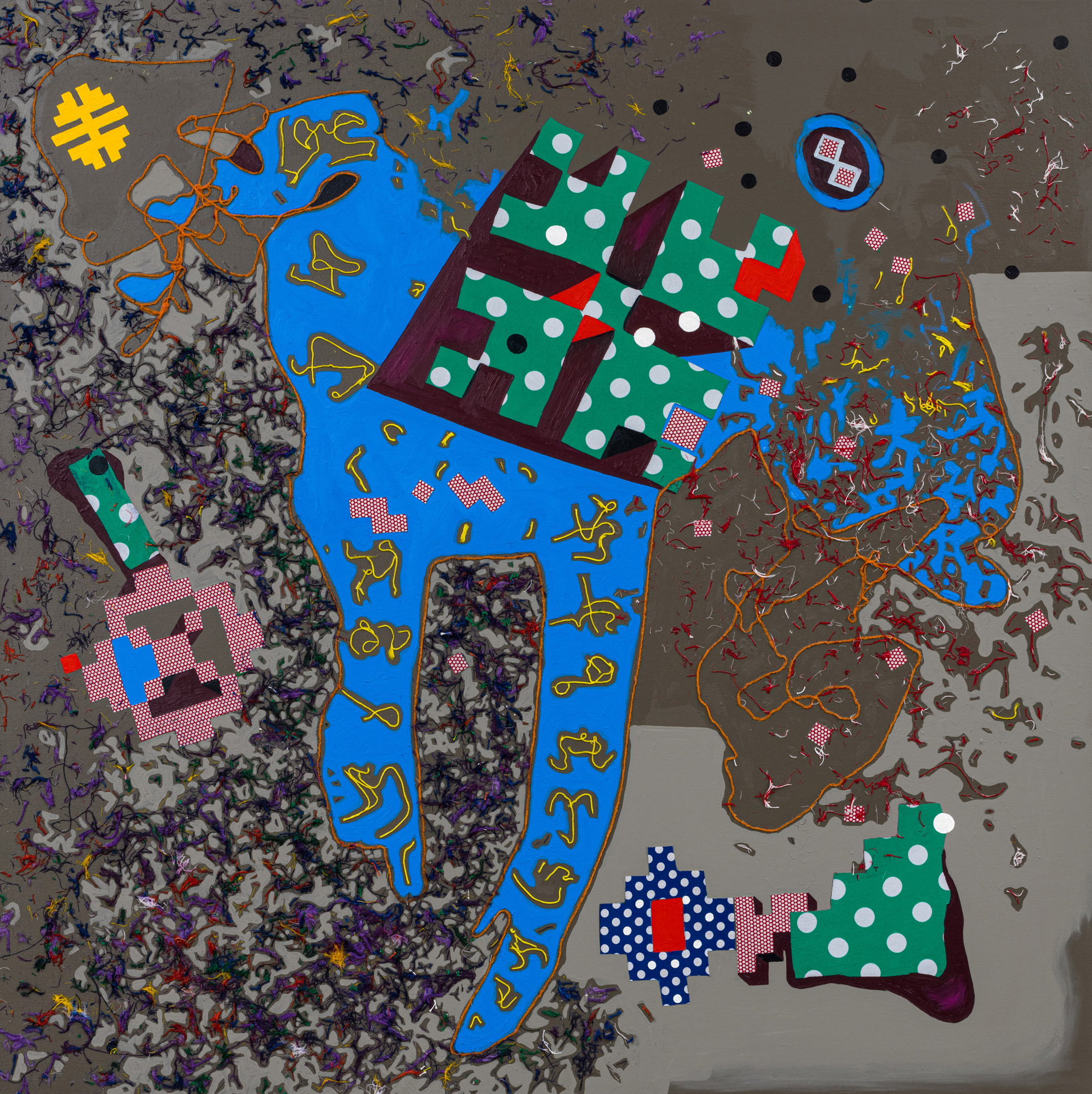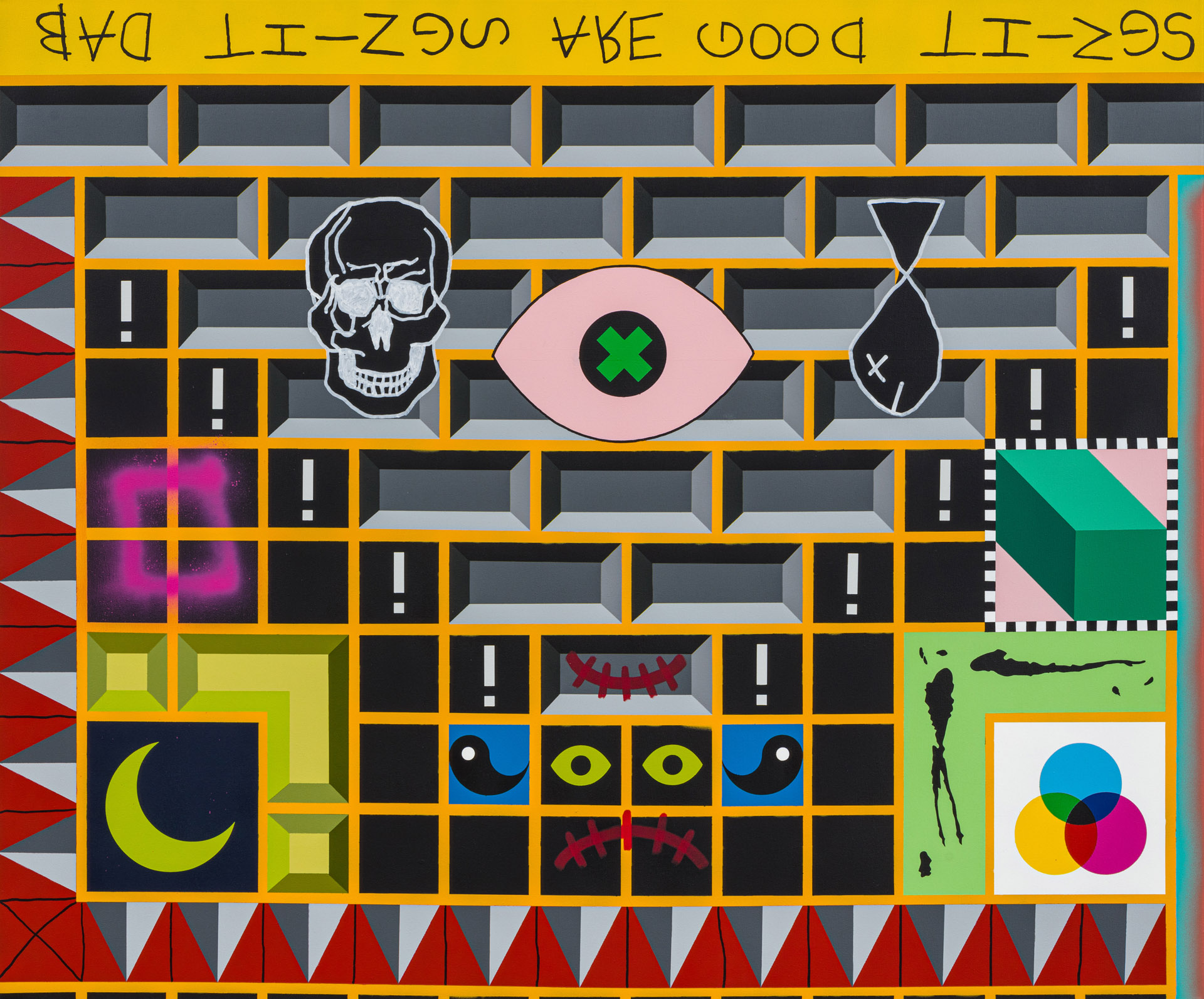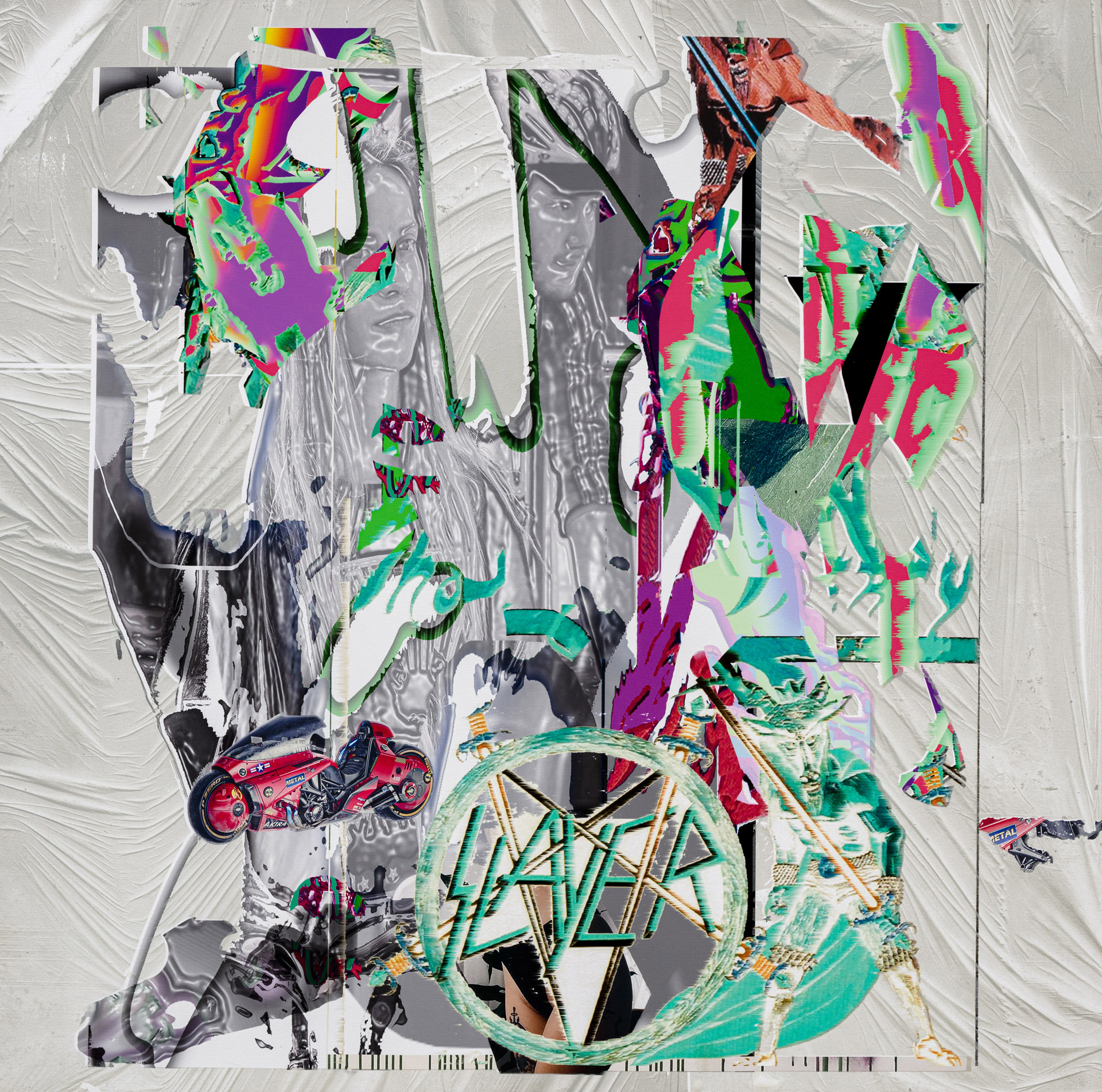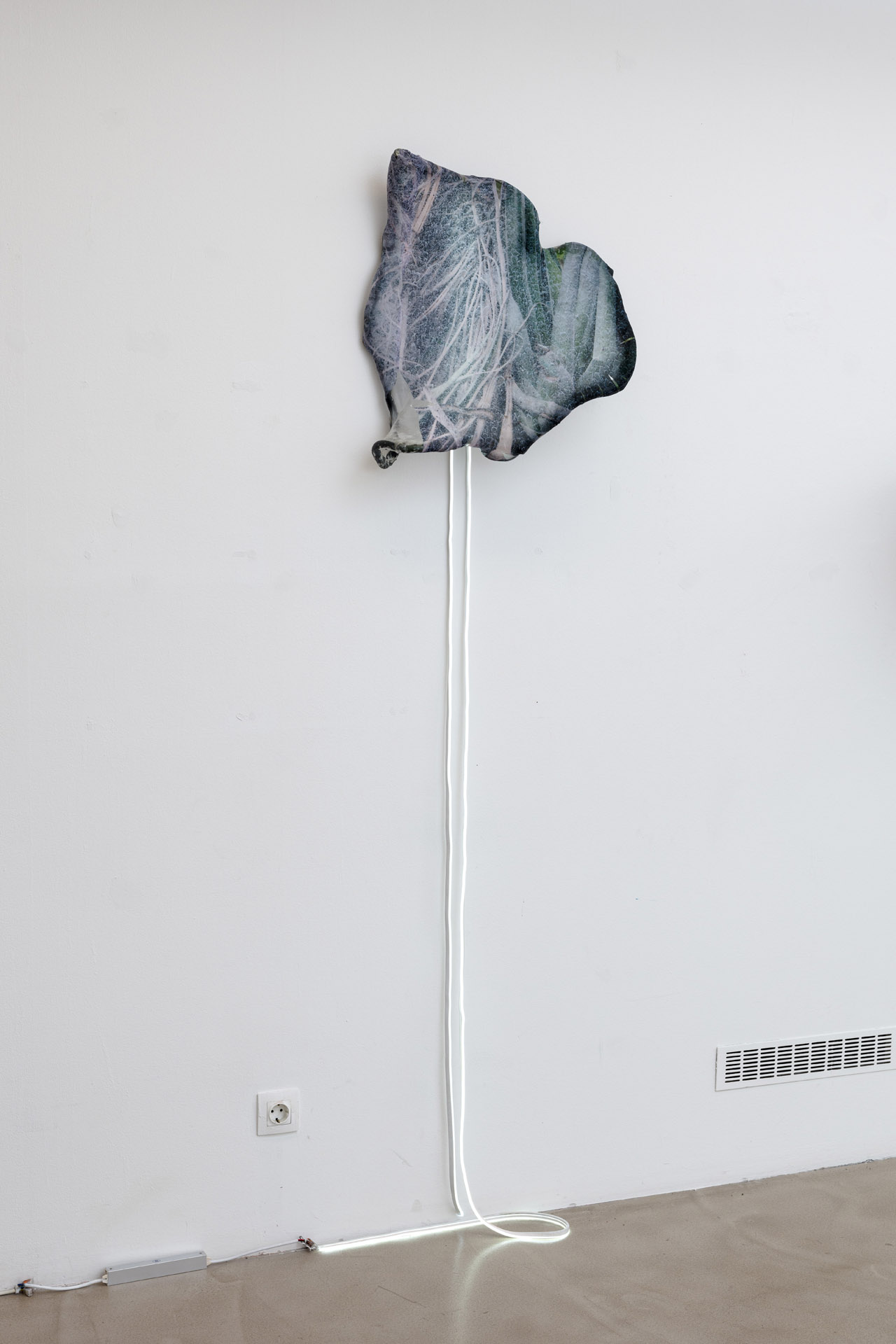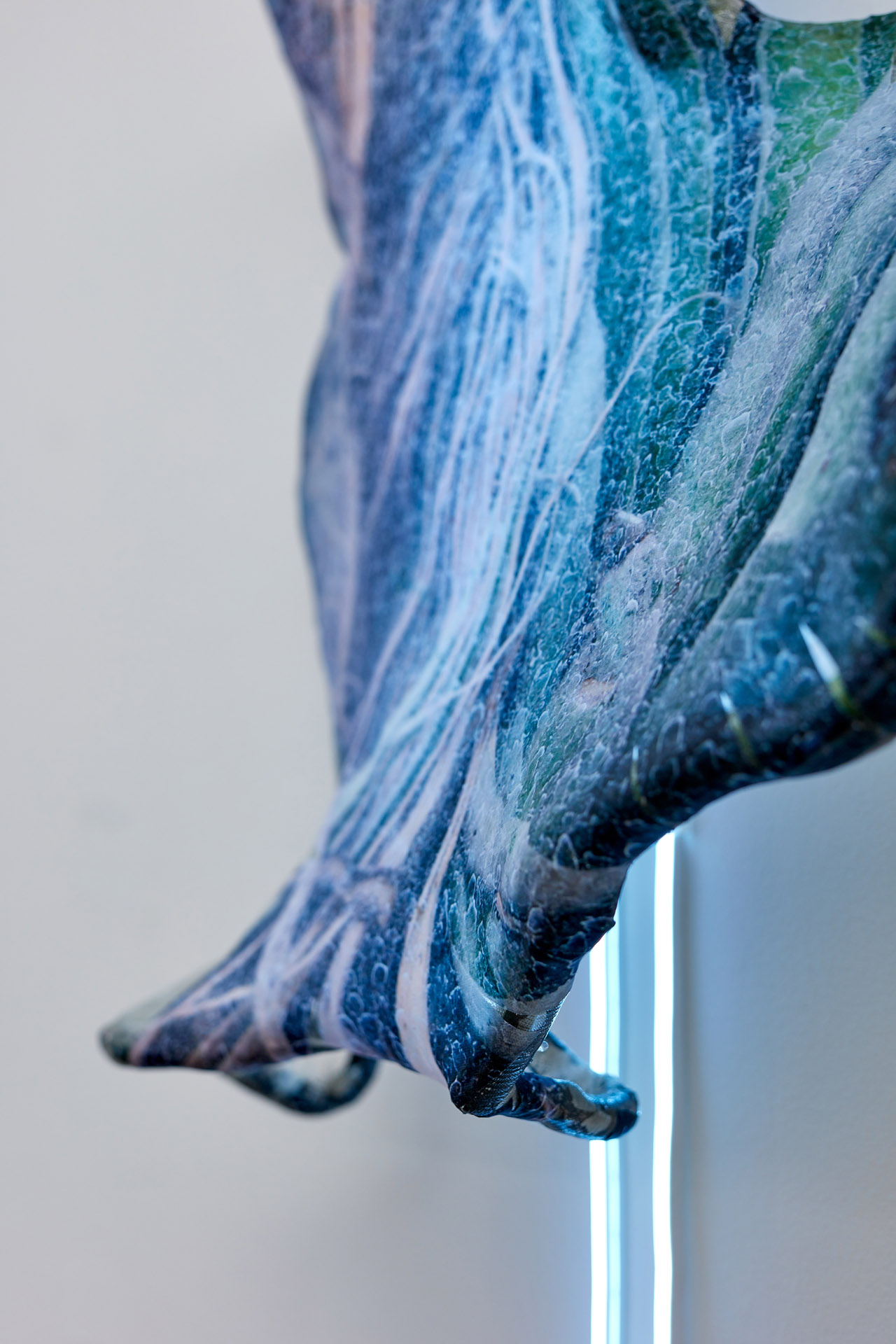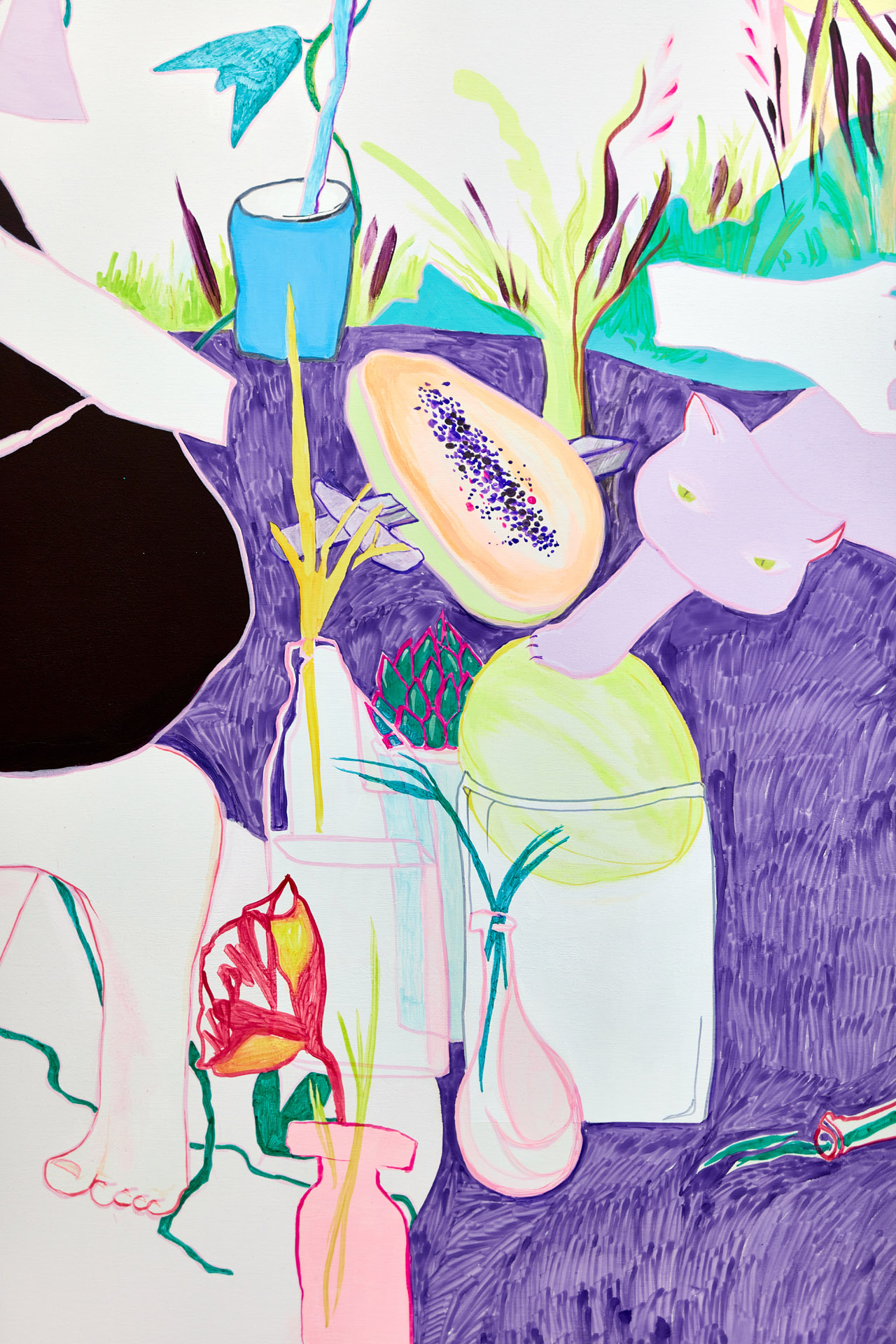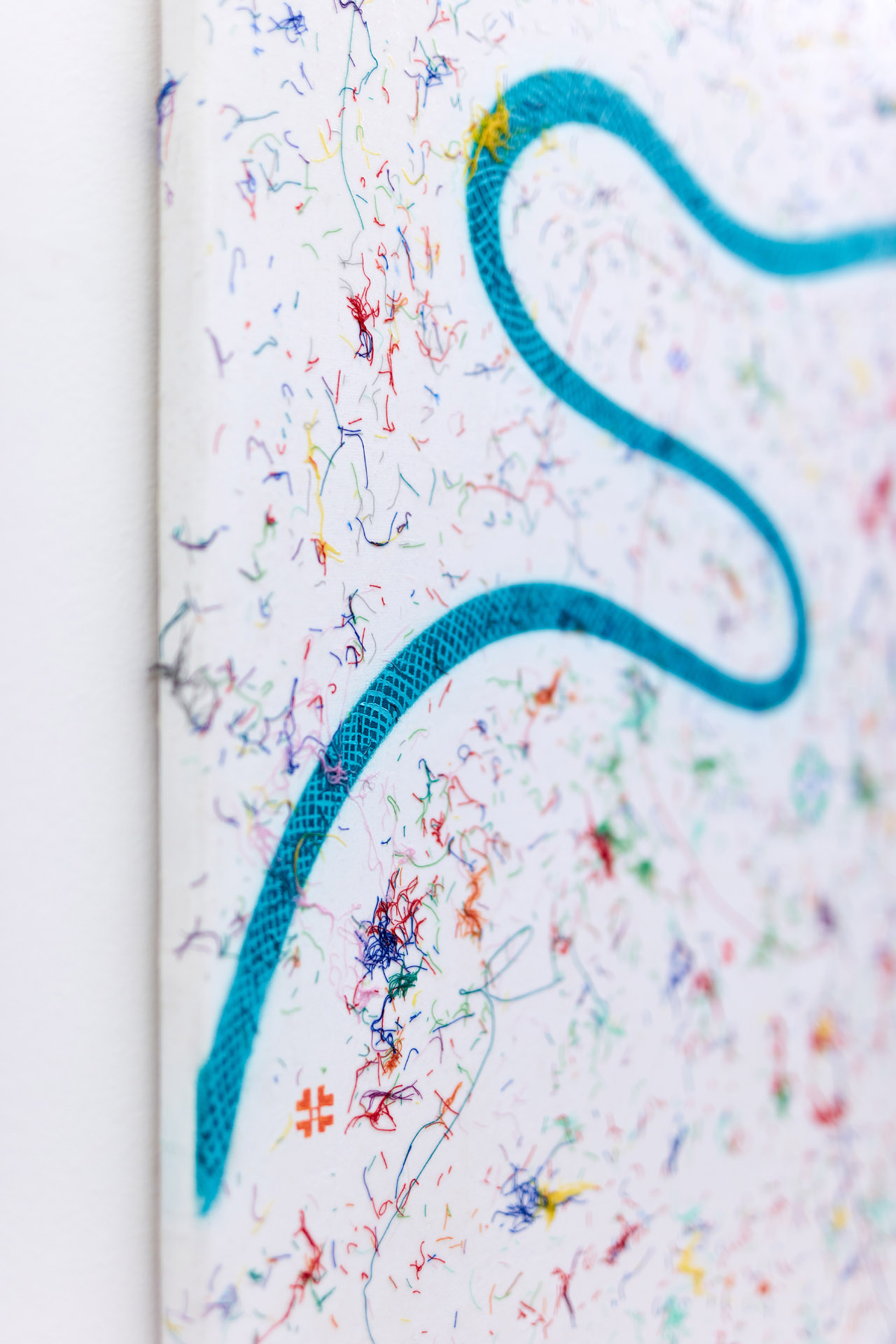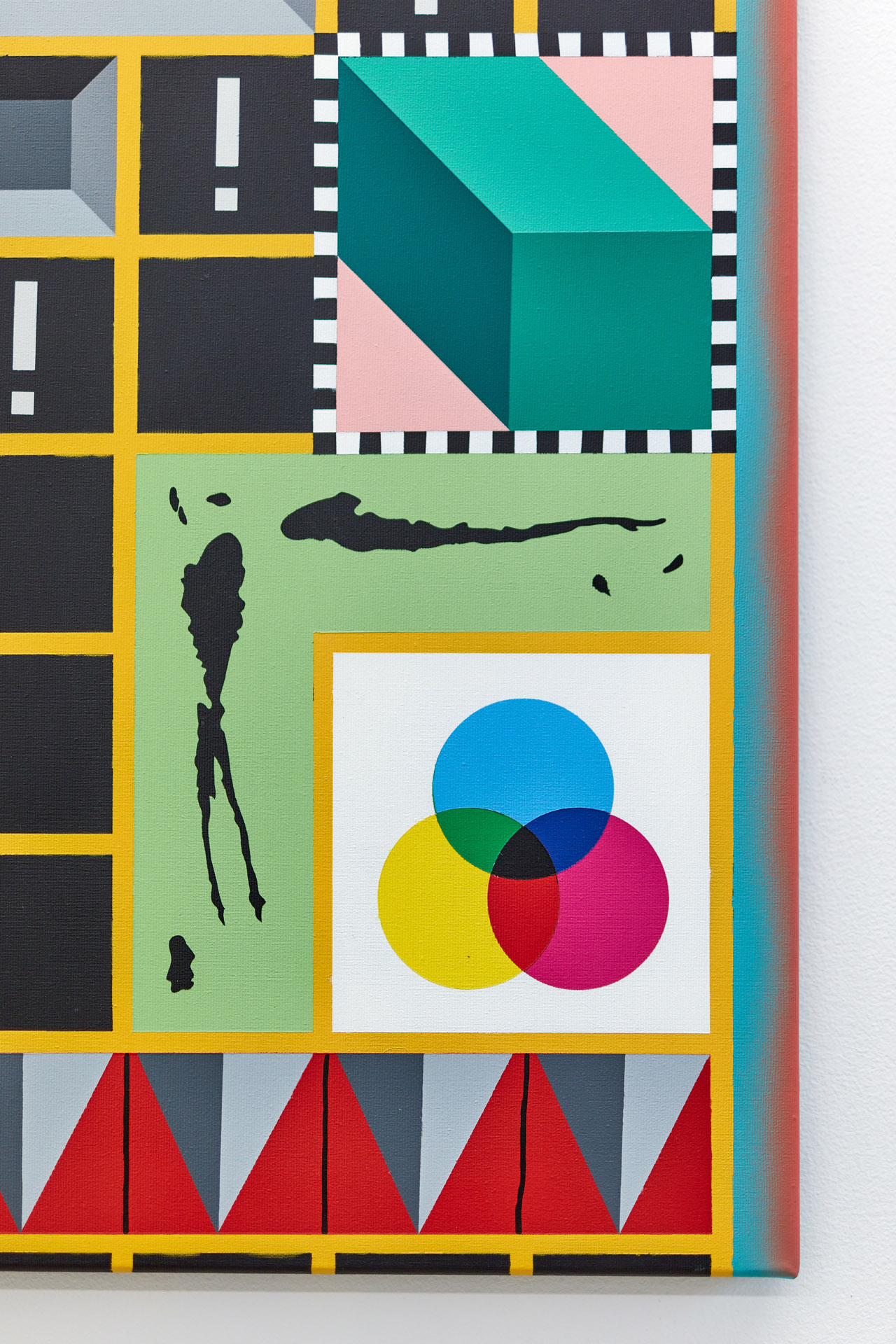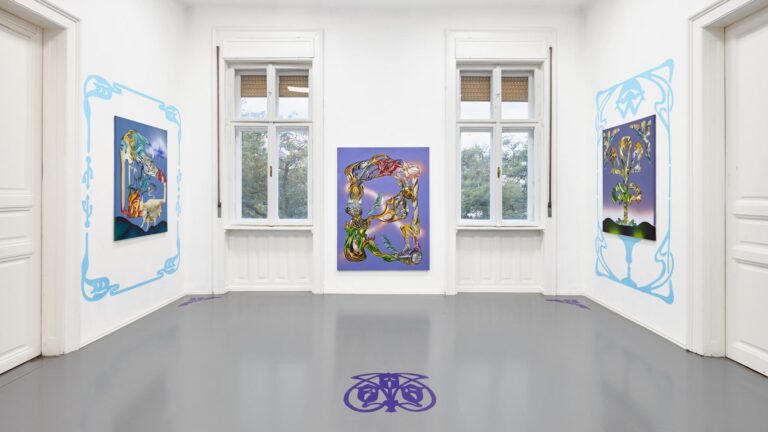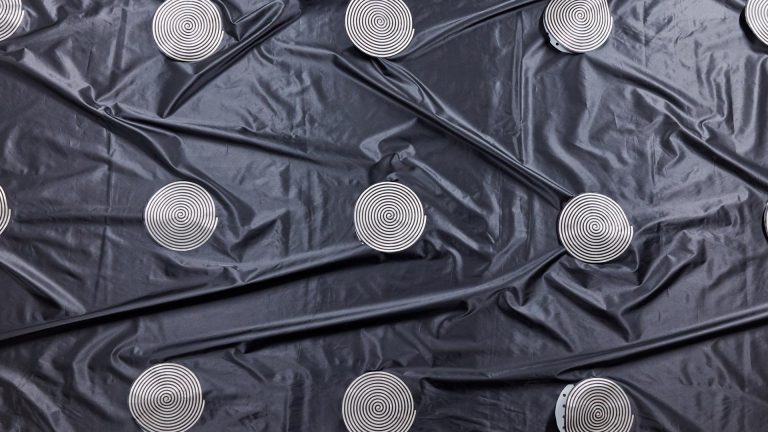Artists: Dániel Bencs, Zita Dávid, Martin Góth, Luca Lovász, Stella Koleszár, László Németh, Mónika Üveges
Exhibition title: YOUTH 2
Curated by: Balázs Arató
Venue: Horizont Gallery, Budapest, Hungary
Date: June 22 – July 27, 2022
Photography: Dávid Biró, all images copyright and courtesy of the artists and Horizont Gallery, Budapest
YOUTH 2 is the second edition of Horizont Gallery’s summer exhibition series with emerging young talents.
Participants: Dániel Bencs, Zita Dávid, Martin Góth, Luca Lovász, Stella Koleszár, László Németh, Mónika Üveges
Curated by Balázs Arató
Opening: June 22, 2022 at 6PM
Opening DJ set: DJ GYÖReMiX! (Radio Tilos)
Lo-Fi Instrumental Jazzy Hip Hop ViNYL ONLY DJ Set
The exhibition is on view until July 27, 2022.
Photo: Dávid Biró / Courtesy of the Artists and HORIZONT Gallery
Dániel Bencs
https://www.instagram.com/daniel.bencs
Daniel Bencs was born in 1990, in Budapest. He studied image graphics at Óbuda Vocational School of Fine Arts (OXI – Óbudai Képzőművészeti Szakképző Iskola) between 2009 and 2011. In 2012, he was admitted to the painting department of the Hungarian University of Fine Arts, in the class of Zsigmond Károlyi and Zoltán Ötvös. After graduation he went on a long excursion to Southeast Asia, which had a significant impact on his painting. Since 2020, he has been a member of SKURC art association in Budapest, which organizes exhibitions and other artistic programs.
Zita Dávid
https://www.instagram.com/zitadavid/
Zita David (Budapest, 1991) graduated from the painting department of the Hungarian University of Fine Arts. She attended the Academy of Fine Arts in Prague and the Salzburg Summer Academy with scholarships. She exhibited in Budapest, Prague and in the Venetian Arsenal as a finalist and winner of the Special Prize Artist-in-Residence Award at the 12th International Arte Laguna Prize. In 2018 she participated in The Art Department’s Bodrum Art Residency Program in Turkey. She had solo shows at Hidegszoba gallery in 2018 and at Nagyházy Contemporary in 2021.
Martin Góth
https://www.instagram.com/martingoth/
Martin Góth was born in Kaposvár in 1995. He began his studies as a painter at the Hungarian University of Fine Arts in 2015. Martin’s first solo exhibition was at Telep Gallery in 2018. In 2019, he was awarded a fellowship by the Peter and Irene Ludwig Foundation in Aachen, through which he was able to spend a month in Berlin, mapping out the art institutional system there. From Berlin, he continued his studies in Painting & Printmaking at the Glasgow School of Art, on a six-month Erasmus program. He graduated in 2021, and since then he had many group and solo exhibitions, including a comprehensive opening of his current series Start Menu, in the 1111 Gallery.
Luca Lovász
https://www.instagram.com/luca.lovasz/
Luca Lovász graduated in 2021 at the painting faculty of the Hungarian University of Fine Arts. During her studies, she spent six months in France as a student at the École Des Beaux-Arts de Marseille and took part in a three-month free-mover scholarship at the Academy of Fine Arts and Design in Ljubljana.
She has participated in several group exhibitions. To mention a few, she has exhibited in Riga, Marseille and in Hungary, at the Budapest Artmarket. In 2020, she won the Budapest for the Young Talent Award within the framework of Artmarket. In 2021, she was selected to participate in an online platform that includes Eastern European women artists, called Secondary Archive.
Stella Koleszár
https://www.instagram.com/stellkol/
Stella Koleszár (1992, Mohács) graduated from the Moholy-Nagy University of Arts in 2019 as a Glass Designer. In 2020, she was a resident of Salzburg as part of the Budapest Gallery’s artist exchange program. She has exhibited her works in a number of group exhibitions, including the 2019 CONNECTION International Glass Art Exhibition in Wroclaw, Poland. Her first solo exhibition entitled “I wanted to be a mermaid” was presented at the Dorottya Kanizsai Museum in her hometown of Mohács, and her second solo exhibition entitled “Gaztett” was presented in the Horizont Gallery in February 2022.
László Németh
https://www.instagram.com/nemeth.laca/
László Németh was born in Nyíregyháza in 1988. His visual interest was quickly raised by the ever spreading graffiti art of the urban space, and later he learned figural painting from an old master. His mentor at the Hungarian University of Fine Arts was Zsigmond Károlyi, and this is when he found his own style: abstract expressionism. Not only did the university give him a theoretical framework and practical training, but it also offered an artist community called Skurc Group, which, after their graduation, still organizes exhibitions and helps its members in launching their careers.
His artistic roots are hence defined by graffiti, figurative and abstract expressionist tendencies, neo-expressionism and Heftige Malerei. Beyond formal solutions, it also presupposes an attitudinal similarity to artists like Julian Schnabel, Cy Twombly, Linus Bill – Adrien Horni, Christopher Wool, Jonatan Meese, Anselm Kiefer, Mark Grotjahn or Albert Oehlen.
(Excerpt from Andrea Berg’s Postmodern Rituals)
Mónika Üveges
https://www.instagram.com/monikauveges/
Mónika Üveges (Budapest, 1992) graduated from the Hungarian University of Fine Arts in 2019 with a degree in painting. She spent half a year in Cluj-Napoca during her studies. Co-founder of the Skurc Art Collective in Budapest. She has participated in many domestic and international exhibitions. Her first solo exhibition, “Implied Body,” was presented at the Telep Gallery. In 2019, she won the Kahan Foundation Art Fellowship for her series of “Hyperobject”. With her solo exhibition “Viscosity,” she appeared in the program of the Photon Gallery, entitled “Melting Fire” in the Fest, cleans gallery. In 2022, she received the Gyula Derkovits Fine Arts Scholarship. Her art can be summarized as an intersection of scientific experimentation and childhood play, which in the philosophical climate dominated by the post-anthropocene simultaneously stretches the boundaries of the image carrier and the natural-artificial boundaries. The transitions between media allow it to reflect on the constant visual deception that multiplies and inverts human and non-human perspectives, stemming from technological advancement as well as the hard-to-decipher appearances of our environment.





